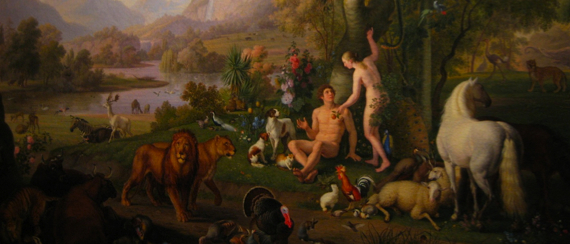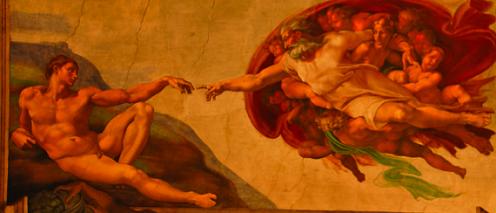
The creation accounts of Genesis 1 and Genesis 2 seem to tell completely different stories. In Genesis 1, creation is presented in successive stages, with God showing his satisfaction with each result. While the creation of man is mentioned, it is described rather vaguely, with the only specific detail being a mention of the “image of God”. The account says nothing of how God performs his task or what exactly it means to be created in “the image of God”. Genesis 2 presents a far more personal picture of God’s creation. In this account, the creation of the universe seems almost trivial; the focus is quickly centered on God’s creation of humankind.
Do these differences mean that the two accounts are contradicting? Not at all, says Darrel Falk in his book Coming to Peace with Science. These two chapters, rather, serve wholly different purposes. Yet, together they form a beautiful picture of God’s character:
“On one hand, God is the eternal being whose greatness is beyond our imagination. But on the other hand, there is every reason for us to think of God as our own personal Parent who brought us into the world and wishes nothing but joy, peace, companionship and life for us. What a magnificent thought”
– Darrel Falk, Coming to Peace with Science, p. 217
These accounts are not meant to be a scientific or historical account of creation. Rather, they serve as a preface to the two-thousand page story of God’s love for humankind.

